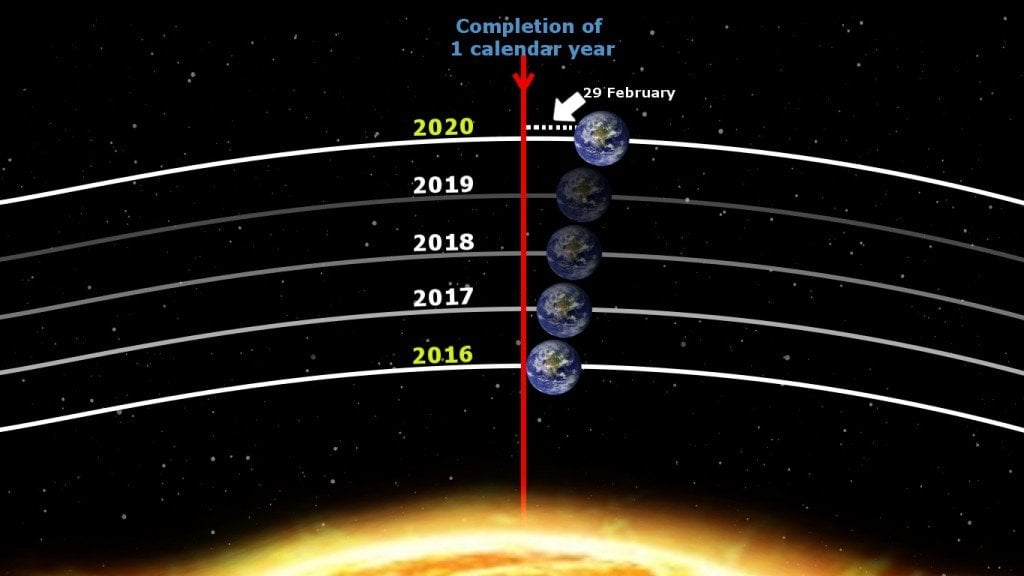(..)
And whatever is pushing the earth in this concept, feels an increasing mass and has therefor to push harder to keep the acceleration constant. And any force needs energy and an infinite force needs infinite energy.
(...)
Well, due to relativity, it's a bit more complicated.
From the perspective of an outside observer, as the speed of the Earth would approach the speed of light its acceleration would signifantly decrease. Thus the force/the energy would "only"
approach infinity.
However,
from our perspective, the acceleration wouldn't change and
neither would the mass/the force/the energy. The FES actually got this right.
Nevertheless, UA cannot explain the non-homogeneity, such as the Eötvös effect and so on.

